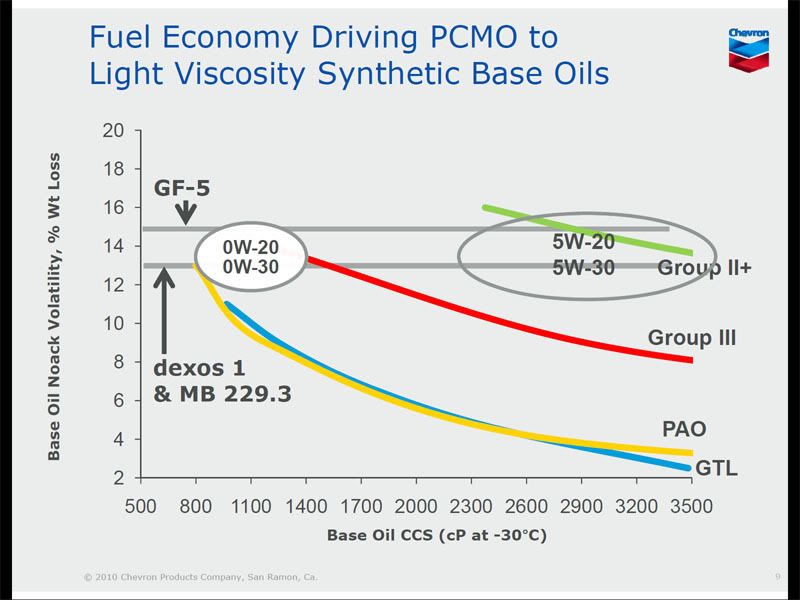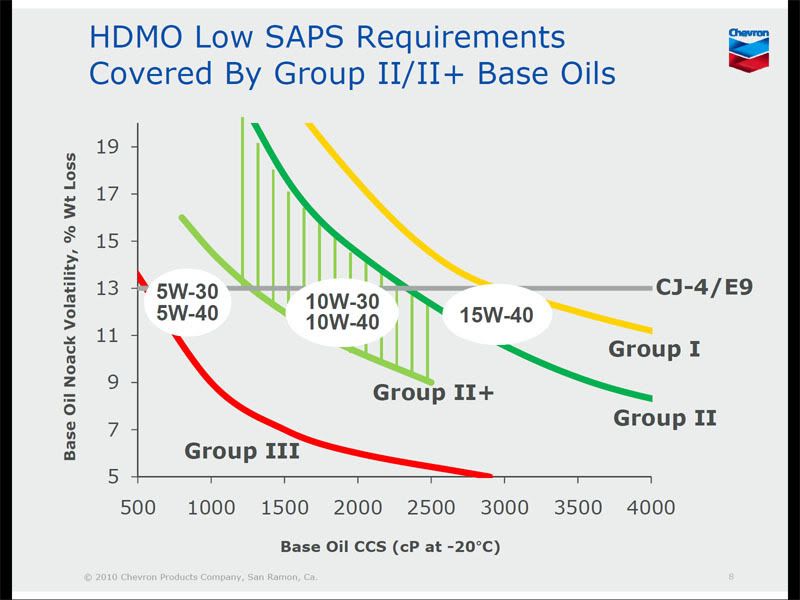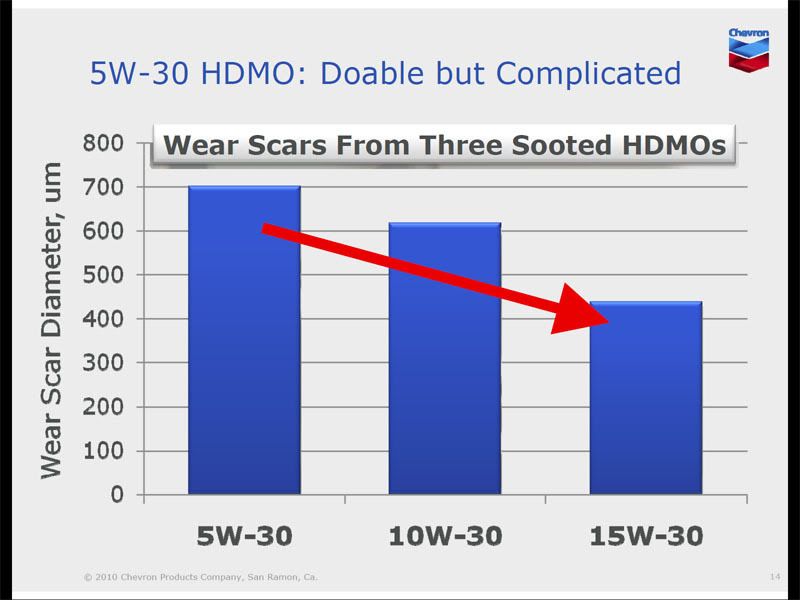Originally Posted By: Gokhan
Questions:
Where is Toyota 0W-20 made? Japan, US, or some other country? In other words, what country name is actually printed on the back label of the bottle?
It's made by XOM in the US, at least if you're in the US (or CA). It was previously made by Nippon, and I believe they still make the 0W20 supplied to Asia. The moly in the SN stuff was made by Sadeka in Japan--not sure about the additives in the SN stuff.
Questions:
Where is Toyota 0W-20 made? Japan, US, or some other country? In other words, what country name is actually printed on the back label of the bottle?
It's made by XOM in the US, at least if you're in the US (or CA). It was previously made by Nippon, and I believe they still make the 0W20 supplied to Asia. The moly in the SN stuff was made by Sadeka in Japan--not sure about the additives in the SN stuff.






